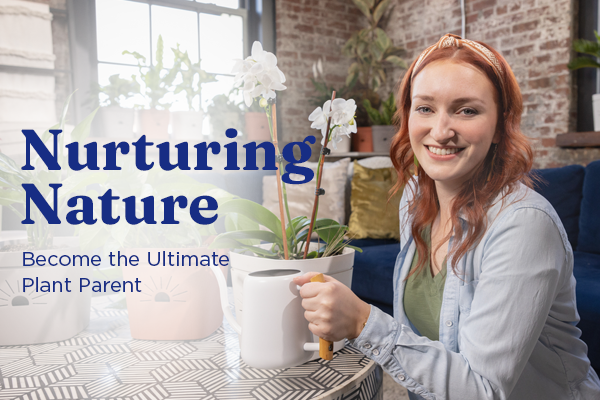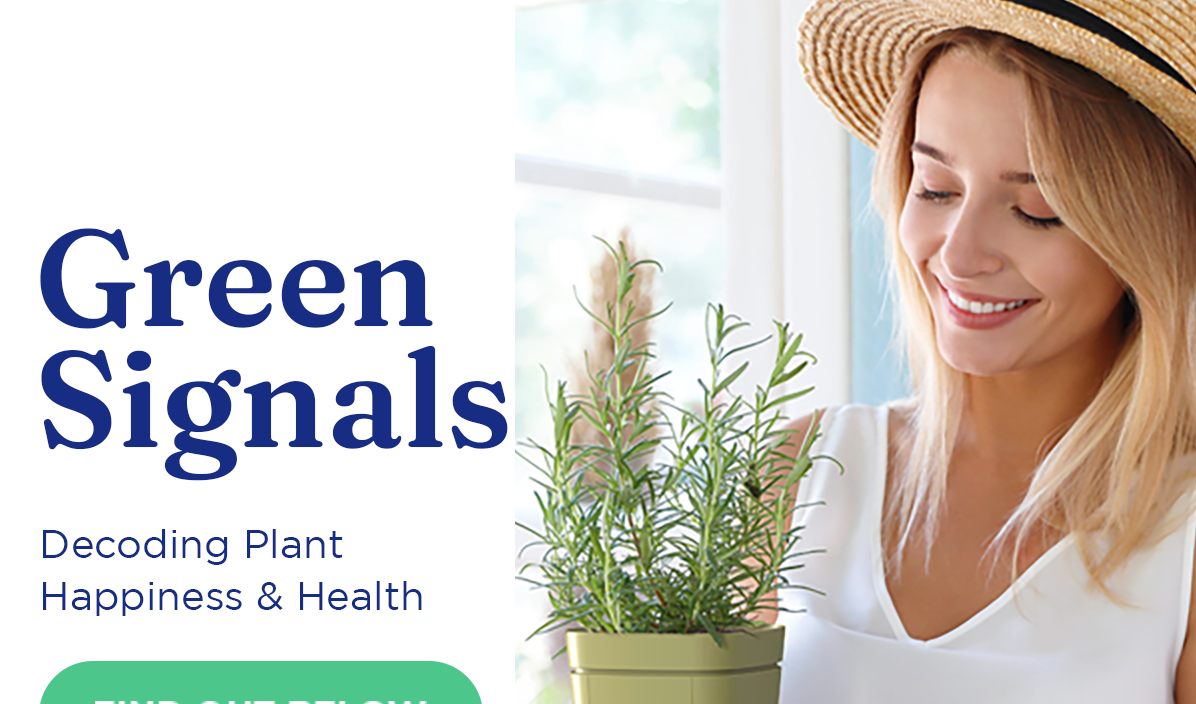Every morning, I start my day with a cup of coffee and a visit with my plants. Having a lot of plants requires a bit of order, and I find a routine really helps me stay organized. Here is my everyday routine as a passionate plant parent.
Inspect
I usually start by inspecting each of my plants, making sure they don’t have any disease or pests. I take the time to check for signs of stress and make adjustments as needed. For example, if one of my plants has signs of a pest, like spider mites, I have to act quickly so it doesn't spread to my whole plant collection. The daily inspection also helps me catch symptoms of too little light, fertilizer burn, or other issues before they kill the plant.
Let the Light In
Every morning, as I am making my rounds and doing plant inspections, I open all of the curtains and blinds wide to let in the light. I have a few herbs growing under indoor grow lights in the kitchen, and I turn those lights on while I'm making coffee. You can also use automatic light timers if you prefer. I find that this is also the perfect time to rotate each plant by a quarter turn to stimulate even growth. Some plants (here's looking at you, pilea peperomioides) get very lopsided if they don't get rotated every few days.
Prune
Next up is pruning and grooming. This step helps keep all my plants healthy and looking great! I use clean scissors to trim off any dead leaves. I also remove any plant litter from the soil so it does not attract pests. Fungus gnats love decomposing plant matter. Pruning helps to improve airflow and light penetration within the plant, which is important for overall growth.
Water
Because I use Naked Root planters, I have all of my plants on a watering schedule. I do not miss the days when I had to walk around and stick my finger in all of my plants to see if they were wet or dry. Nowadays, I simply set a notification reminder and water them in 14, 21, or 28-day intervals, depending on the plant. Since I started doing this, I have not lost a single plant to root rot. The plants that I have very recently transplanted get a little bit more attention as they adjust to their new pots and grow strong roots.
Feed
During the spring and summer, I add diluted organic fertilizer to the water to feed my houseplants. Fertilizing helps to keep my plants healthy and provides the nutrients they need for growth. When the days start getting shorter in the fall, I stop fertilizing for the year. When I see new growth emerging in the spring and the days are getting longer, I resume fertilizing my houseplants.
Add Humidity
I have a few high-humidity plants all grouped together in one area. On that shelf, I have a cool mist humidifier. The next part of my routine is to clean, disinfect, and refill the humidifier. This has made a big difference in the humidity levels for these tropical plants. No more crunchy leaves! I have an inexpensive humidity gauge on this shelf, too. It shows the humidity level, so I can be sure that it is over 70 percent for these moisture lovers.
Dust
For my plants with larger leaves, I like to wipe them down with a wet sponge. I don't use any kind of solution or leaf-shine product, just plain water. Keeping the leaves clean helps the plant absorb C02 and release fresh oxygen into the home. If a plant is very dusty, I put it in the shower and give it a nice tepid rinse. This is my preferred dust-removal method for smaller leaved plants, as wiping them takes too long.

 Verified Buyer
Verified Buyer







